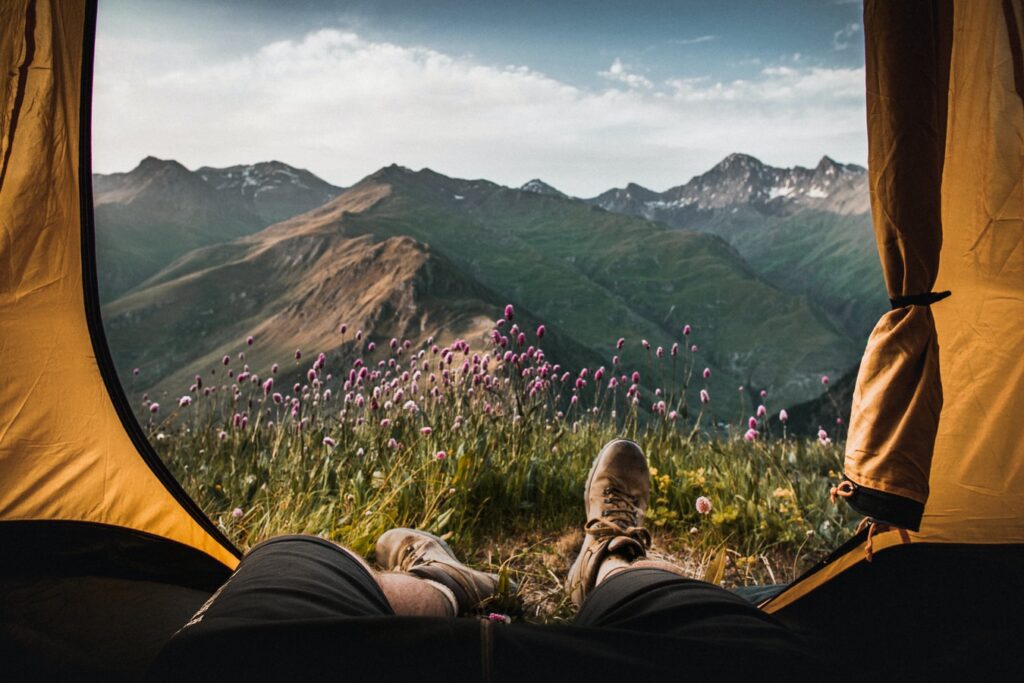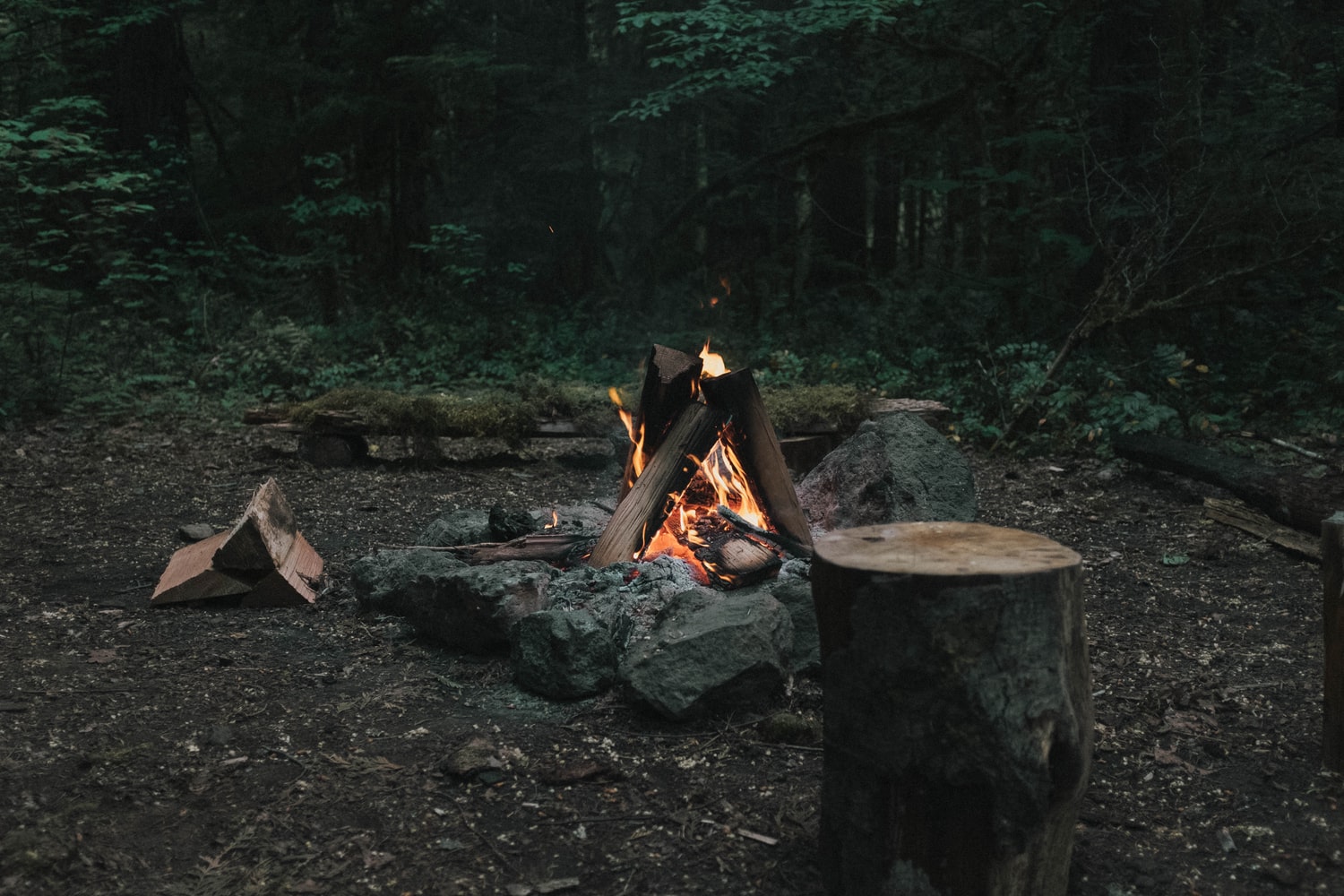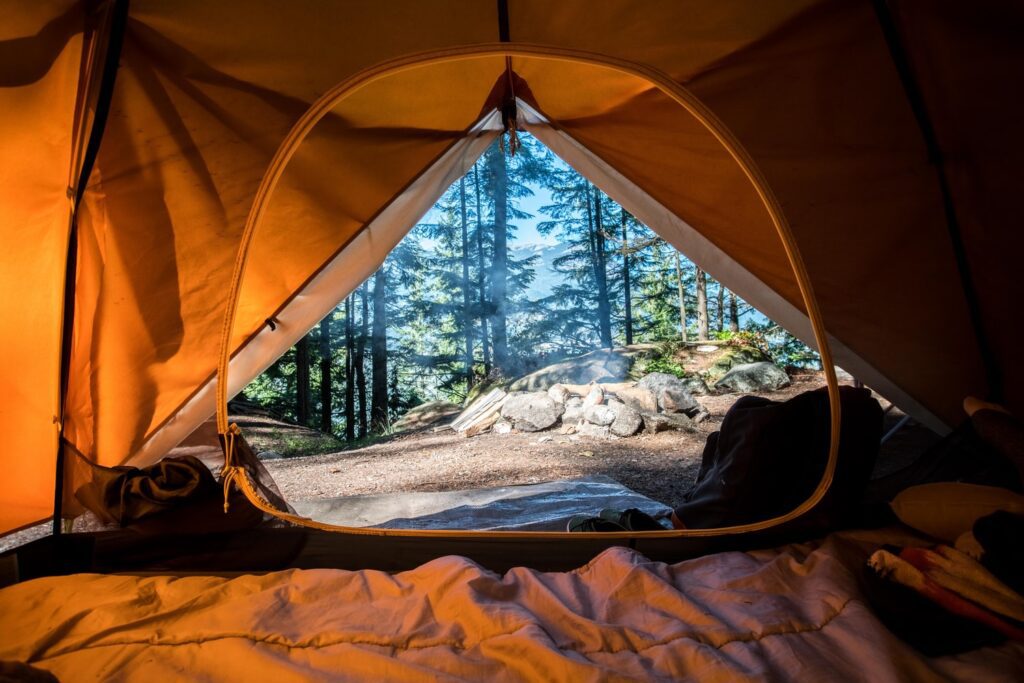
How to Prepare for Your First Winter Camping
Winter camping is not the same as warm weather camping, but it does not have to be cold or uncomfortable. It could even become your favorite type of camping if you have the right knowledge and equipment. You can enjoy beautiful snowy landscapes while avoiding common camping annoyances like bugs and humidity.
What can be better than enjoying the camping tent, breathtaking view, and reading your favorite winter garden quotes by guyabouthome?
Even the most experienced camper, however, should take certain precautions and be willing to learn how to deal with everything that comes with winter camping. Here are nine winter camping tips to help you stay warm and have a good time.

Choose a Location Wisely
The location of your campsite will have a significant impact on how comfortable you are at night. Find a campsite with flat ground to make sleeping easier. Avoid areas with strong winds that could blow your tent away or blow snow into it. Also, find a tent site that is sheltered in case of snowfall to avoid getting wet and cold at your campsite.
When we first went winter camping, one of the first things we did was look at the snow around us. If it’s rough and appears to have been blown in, you might want to look for a different spot for your tent. You should also avoid camping in an avalanche zone, which is typically located on or near slopes.
Prep Tent Site By Packing Down Snow
Set up your tent as usual if there isn’t any snow on your campsite. If there is snow, you must pack it down before erecting your tent. Loose snow will melt due to your body heat, making sleeping extremely uncomfortable.
To make a more stable space for your tent, walk around with snowshoes or skis on your feet and pack down the snow. If the snow is deep, you can dig out your tent space with a lightweight avalanche shovel.
You can safely send up your tent once the snow has been packed and a flat space has been created. If it is windy, you should also construct a snow wall around the tent to reduce the impact. If the snow isn’t deep enough to make a wall, you can dig out the snow until you can see the ground and then build a barrier. Keep in mind that you will still need ventilation if you completely seal up the tent.

Choose the Right Winter Tent
While it may be tempting to use a tent you already own, it is worthwhile to invest in a winter tent or an all-season tent. The camping tent, which can accommodate two people, is a good option. It must be designed to withstand strong winds and heavy snowfalls in the winter.
When erecting your tent, remember to place the opening on the opposite side from where the wind blows. Many beginners make this mistake, which they quickly regret when they try to sleep and the wind keeps crashing in.
Ticks can still be a problem if you camp in an area where the winter temperature is above freezing. They can also work their way into your tent. Ranger Ready Insect Repellent is an effective insect repellent.
Use Fresh and Dry Clothes to Sleep
Always make sure that you are wearing clean as well as dry clothes when ready to sleep in your sleeping bag. Never plan to wear any piece of clothing that you wore throughout that day. This is one of the most important points as any lingering moisture from day sweating will ultimately evaporate. As a result, you will face extreme cold. We recommend using oem fashion jackets when camping in winter. It is the perfect option to wear as sleepwear without worrying about leaks and tears.
Experts also emphasize the importance of changing everything, including your underwear and socks.

Use a Sleeping Pad
Always sleep on a closed-cell foam pad that comes with an insulated inflatable pad on top. When you sleep solely on an inflatable pad, it can be extremely hazardous. This is because if it is punctured and deflates, it will fail to protect you against the cold.
One of the best closed-cell foam sleeping pads is the Therma-Rest Z-Lite. This pad is popular for being lightweight and compact hence, very easy to transport. When you rub your feet on this pad at the end of a long day, it can also provide a good foot massage!
Bring a Pee Bottle
The inconvenience of your human needs is something no one tells you about winter camping. If you’re planning to camp in a cold location, leaving your tent at regular intervals to pee is the worst option. If you don’t have any bushes or trees near your campsite, or if it’s just too cold outside, you should bring a pee bottle.
Women should think about purchasing a pee funnel to make the process easier. While it’s easy to convince yourself that you won’t require one, you don’t realize how difficult it is to sleep with a full bladder. A portable bidet can also eliminate the need to bring toilet paper.

Wear Multiple Layers and Protect Your Feet
When camping in the winter, you should always wear the following layers; a base layer, a mid-layer, and an outer layer. Your outer layer should be completely waterproof to protect your body from the cold. Also, never forget about your feet. Wear two pairs of thick socks and waterproof, cold-weather hiking boots.
Cotton should be avoided because it absorbs moisture like a sponge. Consider wool, which is water-resistant and suitable for a variety of weather conditions. Furthermore, wool is a naturally insulating material, so you’ll stay warm whether you’re out on the trail or sleeping inside.
Use Snow for Water
Melt the snow around you and utilize it as a water source if you run out of resources or simply want to save what you have. Bring a large saucepan and be prepared to melt snow practically continually while in camp, as well as a lot of fuel, if you’re melting snow for water. You might be amazed how little water a pot full of snow yields. If you’re boiling snow water to purify it, add at least 10 minutes to the time it took to melt it.

Use a Liquid-Fuel Stove
In the cold, certain types of fuel perform better than others. Get a winter-ready model if you don’t want your stove to break down in the middle of the winter. White gas, which is utilised in liquid-fuel stoves, is the preferred fuel in cold weather. Because propane and butane lose pressure when exposed to freezing temperatures, they might be difficult to work with.
The pressure inside a gas canister must be higher than the pressure outside in order for it to work. In the winter, this isn’t always the case. To keep you going on your hikes, you’ll need a lot of healthy camping food.
Keep Food and Water From Freezing
It is critical to keep your food and water from freezing during a winter camping trip. Plan ahead of time and bring foods that will not freeze and will keep you full. Keep snacks in your pockets so that your body heat keeps them thawed throughout the day.
Sleep with snacks and a water bottle inside your sleeping bag to ensure that your food does not freeze overnight. Other food should be kept safely in your backpack and out of reach of animals. Bring enough fuel to melt the snow for meals and drinking water.



